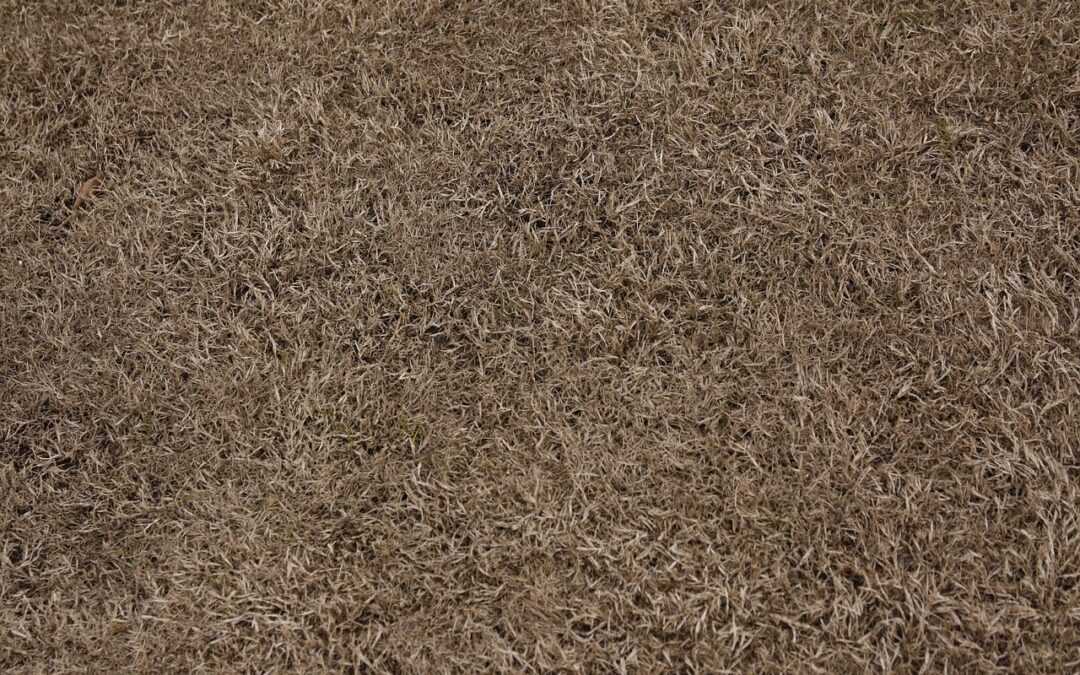To replace or to repair? That is the question many Texas homeowners face these days with everything from kitchen appliances to the landscaping.
After all, we’ve all dealt with the frustration of dead grass in the yard at one time or another. Dead grass can be caused by a variety of factors, including disease, pests, lack of water, poor soil quality or the intense temperatures we experience in the Dallas-Fort Worth Metroplex.
When faced with dead grass, you may be wondering whether it’s better to repair or replace it. Let’s take a closer look at your options.
Option #1: Repairing Dead Grass
How much dead grass needs to be replaced? This is the first factor to consider. If your dead grass is limited to small areas of your lawn, you may be able to repair it rather than replace it. This involves removing the dead grass and reseeding or sodding the area:
- Reseeding involves spreading grass seed over the dead area and watering it regularly until it germinates and grows. Ideal equipment options for this option include aerators, seed spreaders and cultivators (as well as mowers and trimmers once it grows in).
- Sodding involves removing the dead grass and replacing it with rolls of pre-grown grass that are laid over the area. This requires a little more effort and work than reseeding. Equipment you’ll want for this option includes sod cutters, tillers, edgers and rollers.
Both options can be effective for repairing dead grass, but they may take some time to establish and blend in with the rest of your lawn.
Option #2: Replacing Dead Grass
If your dead grass covers a large area of your lawn, it may be more practical to replace it rather than repair it. This involves removing the dead grass and reseeding or sodding the entire area. As mentioned above, you might want to invest in a heavy-duty cutter, roller, tiller or edger if you’re going this route.
While this option may be more expensive than repairing small areas, it can result in a more uniform and attractive lawn. Additionally, replacing dead grass can be an opportunity to choose a different type of grass that may be more suited to your climate, soil, and water conditions.
How to Decide
Which option is the best for you? Beyond the amount of the grass that has died, there are several other factors to consider:
- Extent of the damage: if the dead grass covers a large area or is the result of a chronic problem, replacing it may be the better option.
- The cost: repairing small areas of dead grass can be relatively inexpensive, while replacing large areas can be a bigger investment (though you’ll always have any turf equipment purchased for future jobs).
- Your long-term goals: if you’re looking to improve the overall health and appearance of your lawn, replacing dead grass may be the way to go.
All of these factors will help you decide which option is best for you. If you’d like, you can always stop by a Classic Turf Equipment location in Dallas-Fort Worth and browse our selection of lawn equipment that can help you get the job done, as well as consult with our lawn professionals.


Recent Comments